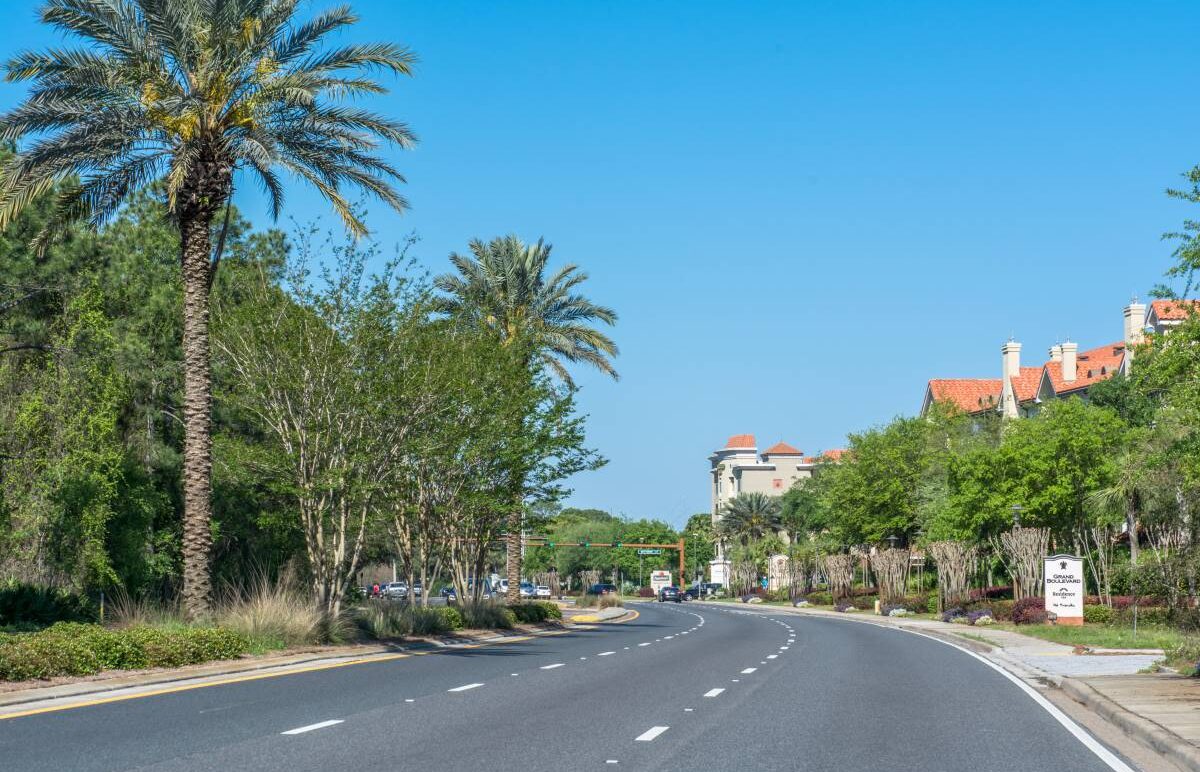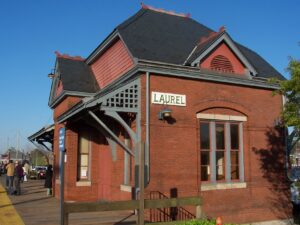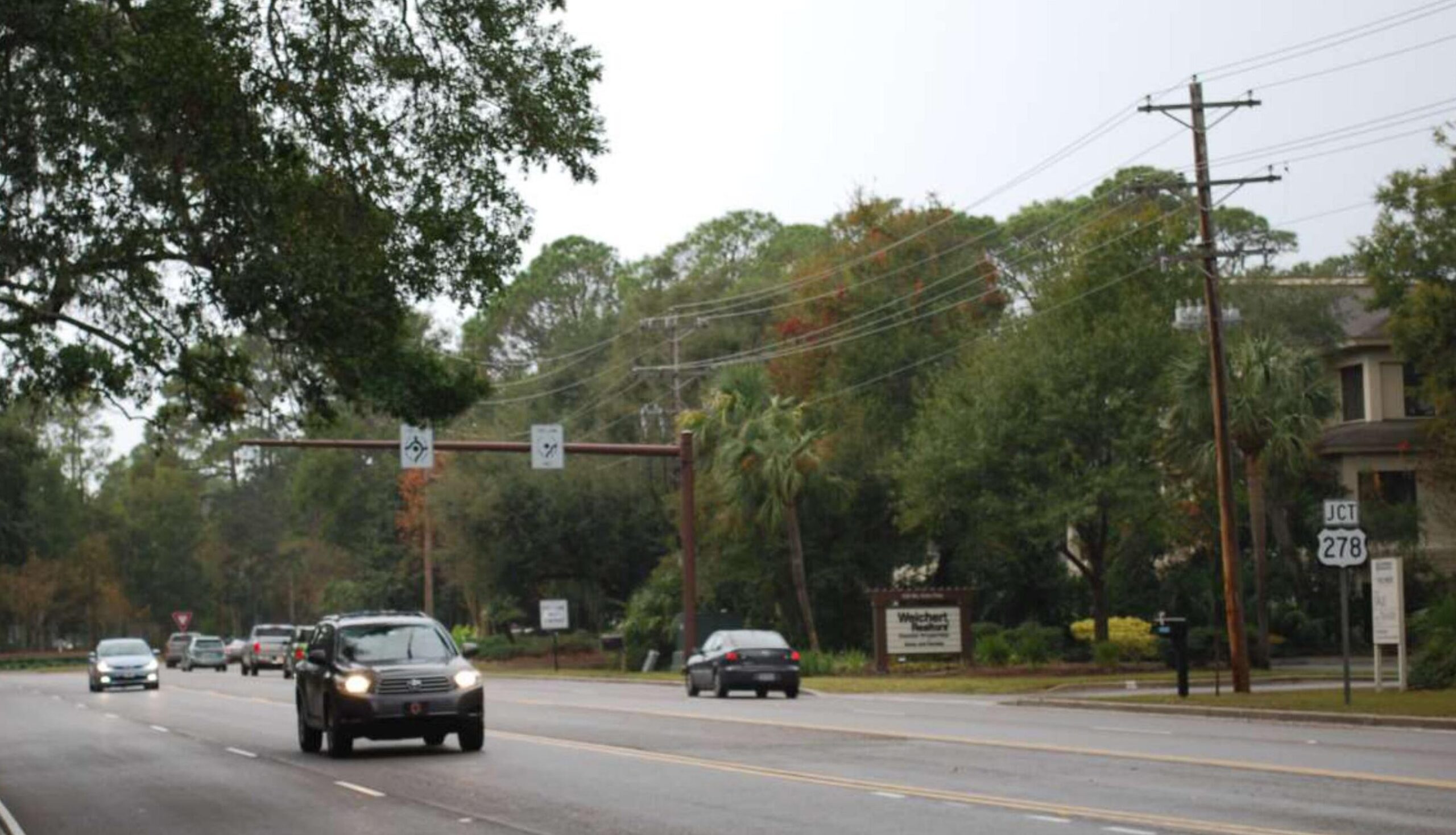Creating Scenic and Resilient Communities
As undergrounding projects become more and more prevalent, here are a few examples of communities that have successfully carried out such work through different approaches.

Balancing Aesthetics & Affordability: Palo Alto, California

In 1966, Palo Alto became one of the first cities in California to begin undergrounding utility wires. Palo Alto’s city-owned electric company works with other utility providers and city planners to identify priority areas for undergrounding. They also work to implement these projects in multiple phases.
Palo Alto is one of the only cities to make low-interest loans available to property owners and offset costs of undergrounding services for their property. In order to prioritize areas for undergrounding, Palo Alto centers the change around the criteria of aesthetics, reliability, and affordability.
Decreasing Fire Hazards: Berkeley, California
Berkeley has many designated “Very High Hazard” fire zones, meaning the area is susceptible to extreme damage by frequent fires. Additionally, earthquakes continue to pose risks for overhead power structures. In 2015, Berkeley formed an undergrounding subcommittee and divided their mission into four phases. Phase one was a baseline for development, with estimating costs of $3 million per mile. Phase two conquered future value for investment and benefits, and the third phase established financing and program planning. Due to the lack of city-wide development, current undergrounding projects are conducted by self-financed neighborhood districts. More than 40 districts amass funds from both CPUC Rule 20 funding and cost-sharing between residents, and the primary utility provider in Berkeley, Pacific Gas & Electric (PG&E).

Creative Approaches to Relocation: Laurel, Maryland

Laurel, MD began an extensive Main Street revitalization program in 1978. Initially the city wanted to place its utilities underground, but could not find a way to pay for the conversion. Baltimore Gas and Electric (BG&E) worked with the city to identify alternative utility relocation options. Since Laurel has an extensive alley system, BG&E worked with city planners to design a network that hid all of the utilities in the downtown area in the alleys. On streets surrounding the downtown area, wires were consolidated to one side of the street and poles were moved back an average of eight feet to make them less visible.
Innovative Undergrounding: San Antonio, Texas

In 1993, the municipally-owned City Public Services in San Antonio, TX launched one of the most innovative undergrounding schemes in the country. Unlike some other programs, San Antonio’s initiative costs consumers nothing and gives the city complete political control over the process. The city receives one percent of City Public Services’s revenue of retail electric sales to pay for utility burial and relocation. It is up to the city to determine how and where to spend the conversion fund. Because the fund is limited and does not pay for the relocation of other wire-based utilities, the city uses a nine-step process to implement projects, with priority on undergrounding in historic districts, public spaces, and scenic areas.

Undergrounding Hilton Head Island, SC
In 2021, the town of Hilton Head wrapped up a 17-year project to remove more than 3,500 utility poles and bury 115 miles of overhead distribution wires to enhance the community’s scenic beauty and boost its resiliency.
More Resources for Undergrounding
Thanks to Scenic America’s advocacy work, new funding sources for utility undergrounding were included in the 2021 Infrastructure Investment and Jobs Act, including a new $5 billion grant program to improve the resiliency of the power grid, amendments to the Stafford Act to allow FEMA funds to be used for utility undergrounding, and making undergrounding an eligible expense in the National Highway Performance Program.
Support Our Work
Help us advocate for resources to bury more of our utilities underground. Every gift makes an impact.
Give Now